
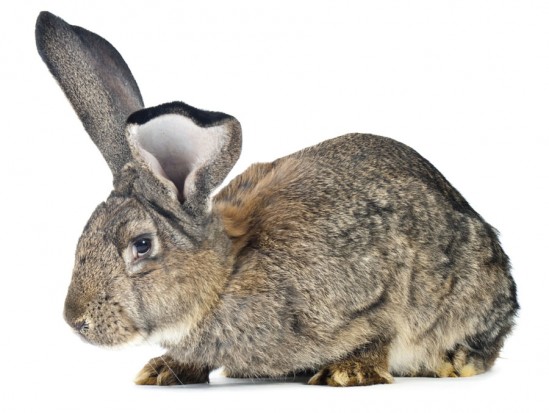
Rabbits are one of the most common pets in the UK, with over two million being kept as pets or for breeding across the country. These cute, fluffy creatures make excellent companions and with over 50 breeds to choose from there's a bunny out there for everyone.
But how about a rabbit that grows to the size of a small dog and can weigh in at around 13lbs? That is one big bunny, and giant rabbits are growing in popularity as both a pet and a breeding animal.
It's thought that both Continental and British giants are descended from European meat and fur breeds including the Belgian Steenkonijn and the large Patagonian rabbit which is now extinct. A breed such as the Flemish Giant is the precursor to many of the breeds known today and was imported from the UK and Europe to develop bigger animals during the 'rabbit boom' which took place in America in the 1890s.
The breed began to make an appearance at small agricultural shows throughout the US in the early 20th Century. Today Giants are very popular both as pets and as showing animals due to their docile temperaments and many and varied coat colours.
Due to their calm, easy going personalities giant rabbits do make good pets, but they are perhaps not suited to young or inexperienced owners. Their size requires special handling to ensure correct spine alignment and incorrect or irresponsible handling may cause the animal to become frightened or even aggressive and given their size, this would not be ideal.
Because of their stature they require substantial living accommodation and consideration should be given to this when thinking about giving a giant a home. The breed is generally kept as a house rabbit in this country and the House Rabbit Society recommend a large area within a room, or even a room itself, be given over to a giant to allow enough room for the animal to move around freely. Large dog crates can also be used, but the rabbit must also be allowed to roam freely in the home and garden. The US Department of Agriculture suggests as a guide that a rabbit weighing over 12lbs should have over five square feet of floor space in which to live.
Cages should not have wire or mesh bottoms as these can harm the feet of a heavy rabbit, and the sleeping and living quarters should be separate. Bedding material such as straw should be provided, and a liberal covering of shavings should be spread over the floor of the cage or housing to absorb moisture and mask odours. Your rabbit's housing should be cleaned regularly to keep him happy and healthy.
All rabbits are herbivores and in the wild feed on weeds, forbs and grass, and because of this they take in a lot of cellulose, which is very difficult to digest. Rabbits make sure they get all they need from their food, but re-ingesting it. This means they pass two kinds of droppings and eat the softer kind.
Giant breeds can eat a lot of food, and just like with their housing, consideration should also be given to how much food your new pet might eat when thinking about giving a home to one of these lovely creatures.
Giants can be fed commercial rabbit mix, but they will need more of it than standard breeds. Very good quality hay should also be readily available as they need to munch on good roughage almost constantly to keep their teeth worn down. Like all rodents their teeth grow continuously and need to be worn down so providing gnaw toys will also help with this.
Chopped leafy green vegetables such as cabbage or kale and some fruit or carrots should also be added to provide variety and additional vitamins and minerals, but these should be offered in small amounts. Clean, fresh drinking water should always be available.
Twelve pounds might not seem like a lot, but when you consider some of the common pet breeds might weigh between four and six pounds, and some giants have been known to reach 50lbs, you begin to see just how big these rabbits really are.
The body of the giant rabbit is elongated and extremely powerful, with large hind legs and a buck's head is much, much bigger than a doe's. Doe's have a big, rounded and even dewlap, which is the fold of skin under the neck.
The fur of the giant is soft and glossy and permitted colourways include grey, black, blue, sand and white. They are shown regularly across the US and Europe and there are six classes in which they can enter - three doe classes and three buck classes. It takes between one and one-and-a-half years for a giant to reach full maturity, which is about the time that they also become sexually mature.
The giant rabbit societies suggest that breeding giants should be delayed until they reach the senior weight range, which for a Flemish Giant for example, would be about 14lbs. They can breed until they are about eight years old, but many breeders halt reproduction at about three years of age.
Rabbits have a short gestation period of between 28-31 days, with most giving birth on days 30-32. Giants produce litters of 5-12 kits.
The breeding season for a doe is around nine months and kits are generally weaned at four or five weeks of age. Remarkably this means a single doe can produce up to 800 children, grandchildren and great grandchildren in one breeding season.
Interestingly, because rabbit milk is so nutritious kits need to be nursed only for a few minutes once or twice a day. Kits are born naked, blind and completely hairless.
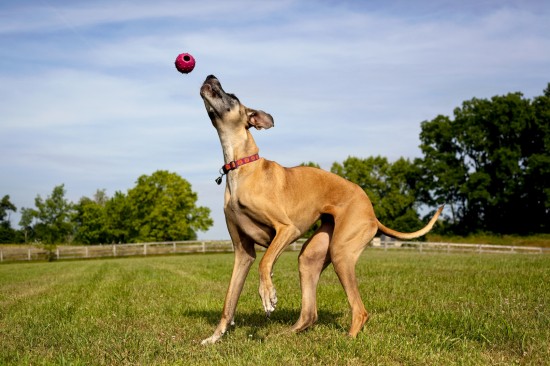 Telling The Difference Between Dominance And Hyperactivity In The Dog
Telling The Diffe
Telling The Difference Between Dominance And Hyperactivity In The Dog
Telling The Diffe
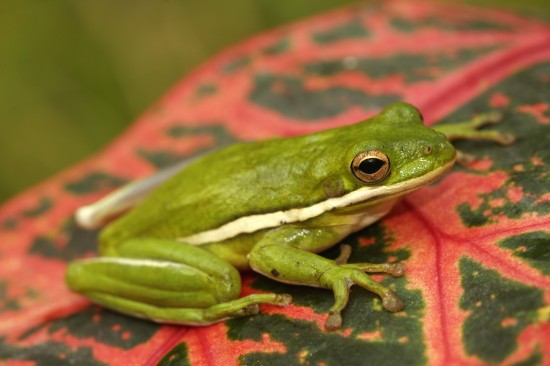 Keeping American Green Tree Frogs As Pets
Keeping American
Keeping American Green Tree Frogs As Pets
Keeping American
 If Humans are Merely Animals, Why do they rule the Surface of the Planet
If Humans are Merely Animals, Why do they rule the Surface of the Planet
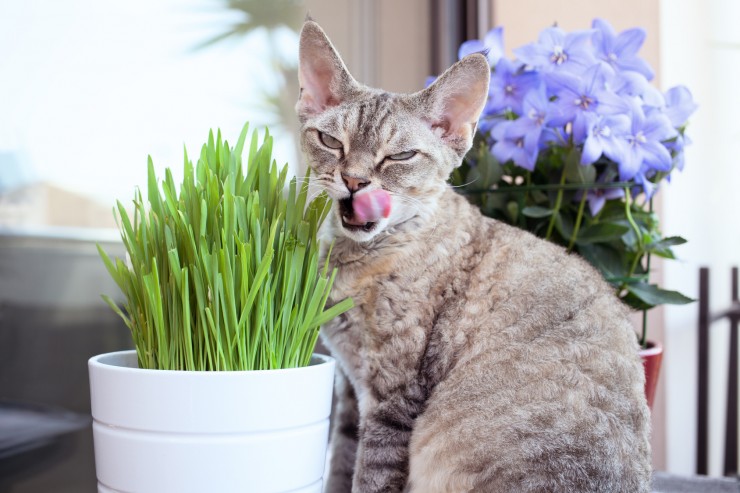 Herbs That Are Safe To Give To Cats
Herbs That Are Sa
Herbs That Are Safe To Give To Cats
Herbs That Are Sa
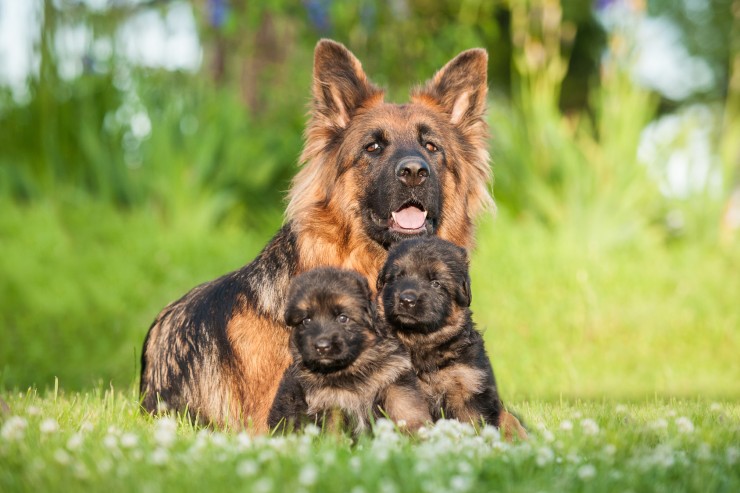 Some Advice And Things To Think About If You Wish To Breed From Your Pet Dog
Some Advice And T
Some Advice And Things To Think About If You Wish To Breed From Your Pet Dog
Some Advice And T
Copyright © 2005-2016 Pet Information All Rights Reserved
Contact us: www162date@outlook.com